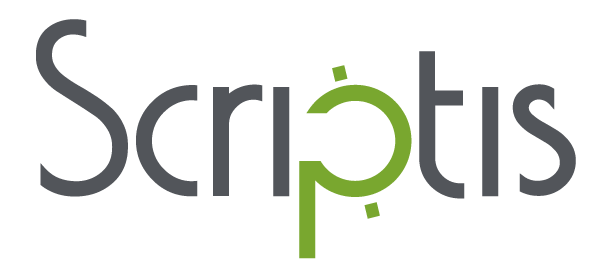How to optimize your partnership with your translation project manager
How to optimize your partnership with your translation project manager
At Scriptis, our translation project managers are always busy. As the liaisons between the client and the translation team, PMs spend their time
- quoting projects
- preparing source content
- fielding queries from translators
- solving technical problems
- monitoring the team’s progress, and
- providing quality assurance.
We asked our translation project managers what clients can do to help projects go smoothly. They shared some tips for building an efficient, mutually beneficial partnership.
Use the client portal
The Scriptis client portal provides a cost-free, uncomplicated method for submitting translation projects. In the past, clients submitted source content via email. However, email is no longer the safest or most efficient method. Why not?
Data security. Email is not a secure data transfer channel. Hackers use “phishing” methods to send malware either through a link in an email or by way of an attachment. They often make their payload look like a document exchange between businesses. As a result, anti-virus software and spam catchers are becoming more vigilant. Sometimes even legitimate emails get sent to the junk folder. Using the portal ensures that your content arrives safely and quickly.
Project efficiency. Our project portal integrates with the software used by PMs and translators to organize your project, term base, reference materials, and translation memory. The PM uses this software to quote the project and communicate with the client, then uses the same system to relay information to the translation team and track its progress. The portal keeps all your information together in one place.
Reminder: use the client portal for safe, efficient file transfer.
Provide content in editable files, not .pdfs or image files.
When the PM processes your source content for a quote, then sends it for translation, the translation tool “takes the content apart” to read and analyze it. The purpose of a .pdf is to “freeze” the content and make it impossible to manipulate without special access. A screenshot or image file like a .jpg or .png presents the same problem. Imagine the difference between a word assembled with scrabble tiles and a word written on a notecard. The tiles can be manipulated; the notecard writing is inert.
It’s best to provide your source content as “native” editable files. Translation tools are compatible with most file types, including Word, Excel, PowerPoint, InDesign, and others. If there is no native file, the project requires an additional step. Optical character recognition (OCR) tools are improving, but they require the PM to spend extra time to make the content in your source .pdf “readable” in the translation software. The OCR step will increase the cost of your project. In addition, when you use native files, the source formatting will be replicated in the target. If OCR is used, reformatting adds time and expense for both your team and the PM.
Reminder: provide editable source files for a faster, less expensive result.
Proofread video transcripts
Like OCR tools, automatic transcription tools are improving rapidly. But they are far from perfect. If you need video subtitles translated from English, you can get a decent transcript from an online tool. However, someone still needs to review and correct the transcript while watching the video. If the transcript has errors, the translation will have errors as well.
Automatic transcription is also available for global languages like French and Spanish, but the results are not as reliable. If a person on your staff is fluent in the source language, you can provide a “clean” transcript. But if nobody on your team reads the language, there will be errors. Let your project manager know at the start of the project whether the transcript has been proofread by a human. If not, they will add a proofreading or transcription step to ensure accuracy.
Reminder: Proofread the source content to speed the process.
Send reference materials
Understanding the context of the source content makes a translator’s work a lot easier. For example, if you provide a video transcript, send the video file as well. That way, if the translator isn’t sure how something should be translated (this is especially true of dialogue), he or she can just check the video to get a better sense of what’s going on.
Other useful reference materials might include translations you already have in use, a style guide, a glossary of technical and brand terminology, complementary documents, or screenshots of user interfaces. All of these will be stored in the client portal for our teams to use. Access to these resources helps our team understand not just an individual project but your overall business as well. Your PM will get to know your needs, and future projects will go even more smoothly and require fewer queries.
Reminder: reference materials reduce translator queries by providing context.
Conclusion
At Scriptis, we value the long-term partnerships we’ve developed with our regular clients. After working together for years, we’ve come to understand and even anticipate their needs. And, as their business expands, we are uniquely positioned to increase our capacity and add new languages for new markets. When you use the client portal to provide clean, proofread native files for translation and useful reference materials, you’re establishing the groundwork for a long and fruitful collaboration.
